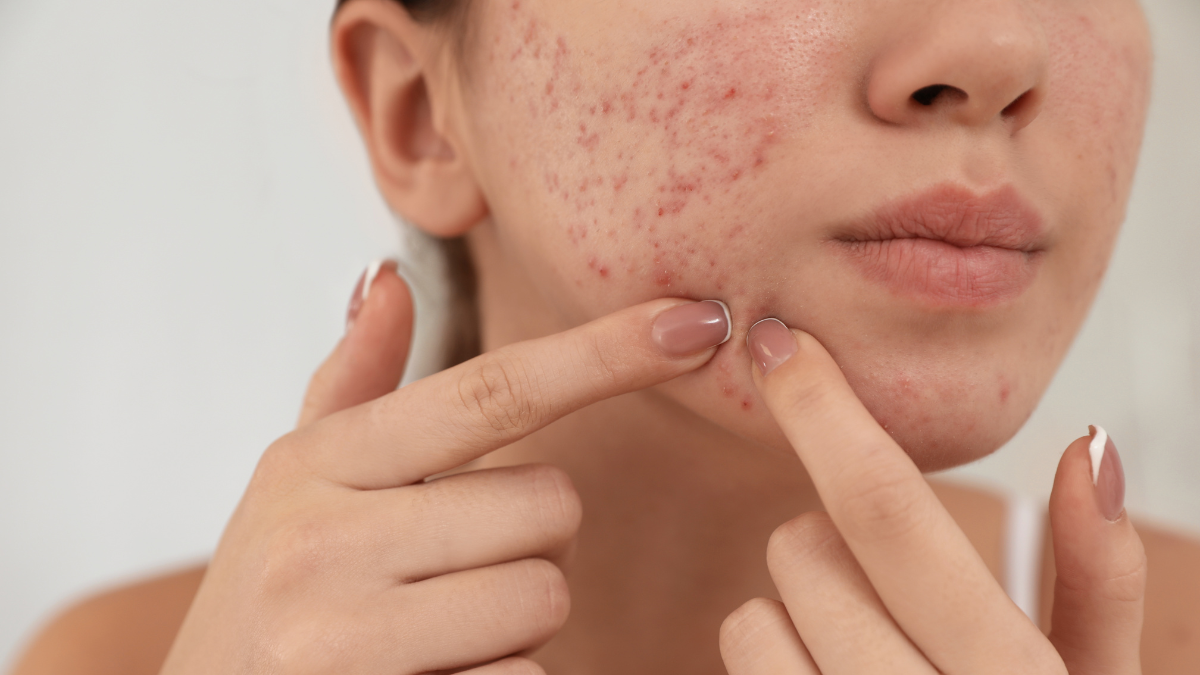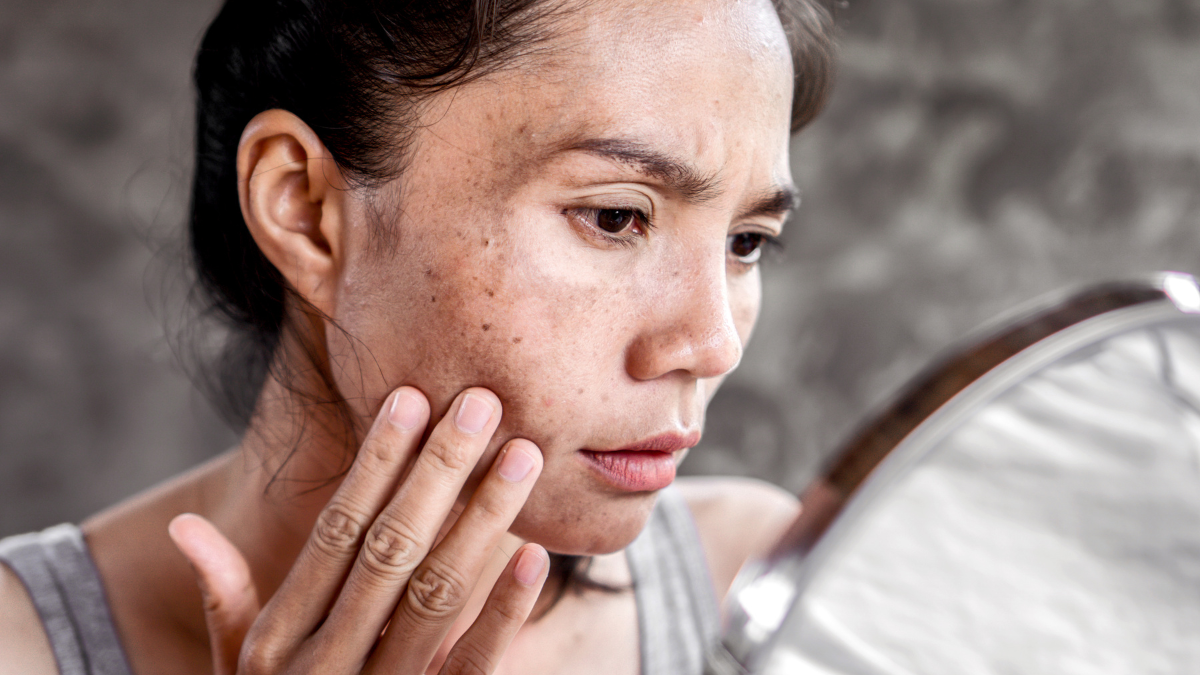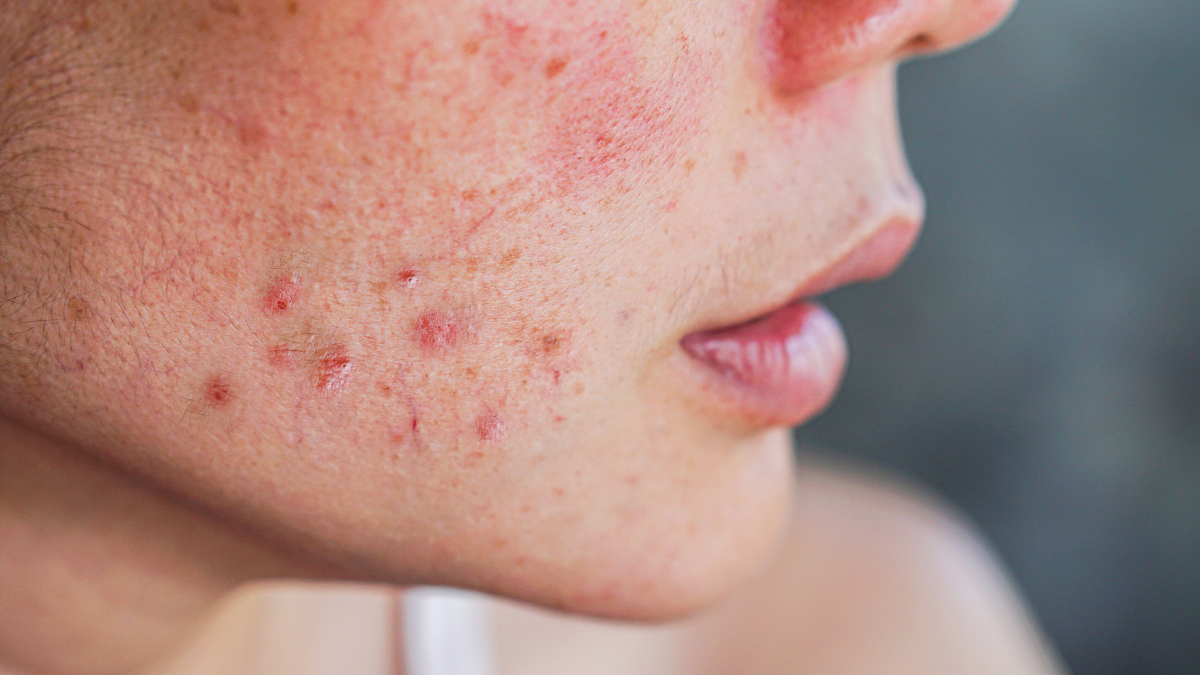A clear and radiant complexion is something many of us aspire to have, but sometimes our skin can throw us a curveball in the form of blemishes and pigmentation issues. These common skin concerns can often be confused, but they have distinct differences in their causes, appearance, and treatment approaches.
These are a few differences between blemishes and pigmentation to help you better understand what’s happening with your skin and how to address these concerns the right way.
What are blemishes and pigmentation?
First things first, do you understand the differences between each? It might not seem important to know at all, but it’s a good idea to always know what’s going on with your skin and use your skincare accordingly.
Blemishes.
Blemishes are often referred to as acne blemishes or pimples. They are skin imperfections that result from clogged pores. They can manifest as whiteheads, blackheads, pustules, papules, or cysts, depending on the severity of the condition. Blemishes can happen due to a combination of factors, including excess sebum production, bacterial overgrowth (usually Propionibacterium acnes), and inflammation.
These factors lead to blocked hair follicles, causing the characteristic redness, swelling, and sometimes pus-filled centers of blemishes.

RELATED: The Best Morning Skincare Routine.
Pigmentation.
Pigmentation issues, on the other hand, refer to the uneven distribution of melanin in the skin. Melanin is the pigment responsible for the color of our skin, hair, and eyes. When melanin production becomes irregular or excessive in certain areas, it can result in various pigmentation concerns.
Pigmentation to look out for:
- Hyperpigmentation: This happens when there is an overproduction of melanin, leading to dark spots or patches on the skin. Common types that can be found are like melasma, sunspots, and post-inflammatory hyperpigmentation (PIH).
- Hypopigmentation: Hypopigmentation is the opposite of hyperpigmentation and involves a decrease in melanin production. It results in lighter or white patches on the skin, like vitiligo.
How to spot blemishes and pigmentation.
Spotting the difference between blemishes and pigmentation is easy, once you know what you are looking for. Understanding these differences is important for choosing appropriate skincare and treatment options.
Blemishes.
- Cause: Blemishes, often associated with acne, result from clogged pores, excess sebum, bacterial overgrowth, and inflammation.
- Appearance: They are typically red or pink, raised from the skin’s surface, and may contain pus in the form of whiteheads, blackheads, pustules, papules, or cysts.
- Texture: Blemishes are often tender or painful due to inflammation.
Pigmentation.
- Cause: Pigmentation issues stem from irregular or excessive melanin production, influenced by factors like sun exposure, hormonal changes, and skin trauma.
- Appearance: They manifest as discolored patches or spots on the skin, which can vary in color from brown or black to white or red.
- Texture: Pigmentation concerns are usually flat and not raised from the skin’s surface, causing no pain or tenderness.

RELATED: The Best Gua Sha Guide For Beginners.
Treatment options.
Treatment options for blemishes and pigmentation vary based on the underlying causes and severity of the skin condition. Consulting with a dermatologist is crucial to determine the most effective and personalized treatment plan tailored to individual skin types and concerns.
Blemishes:
Effective treatment of blemishes involves a combination of skincare practices and products tailored to address the underlying causes of acne and promote skin healing. Remember that everyone’s skin is unique, so it may take some trial and error to find the most effective treatment routine for your specific blemish concerns.
- Cleansing: Regularly cleanse your face with a gentle, non-comedogenic cleanser to remove excess oil, dirt, and makeup.
- Topical Treatments: Use over-the-counter or prescription topical products containing ingredients like benzoyl peroxide, salicylic acid, or alpha hydroxy acids to target blemishes.
- Moisturization: Use an oil-free, non-comedogenic moisturizer to keep the skin hydrated without clogging pores.
- Spot Treatments: Apply spot treatments with benzoyl peroxide or sulfur directly to blemishes to speed up healing.
- Oral Medications: In severe cases, dermatologists may prescribe oral antibiotics or contraceptives (for hormonal acne) to reduce inflammation and control acne.
- Lifestyle Adjustments: Maintain a balanced diet, stay hydrated, avoid excessive sun exposure, and manage stress levels, as these factors can influence blemishes.

RELATED: Expert SPF Recommendations For Younger Looking Skin.
Pigmentation.
The treatment of pigmentation issues focuses on reducing or correcting the uneven distribution of melanin in the skin while preventing further damage. It’s important to note that consistency is key when treating pigmentation, and results may take time to become noticeable.
- Topical Lightening Agents: Use products containing ingredients like hydroquinone, kojic acid, alpha hydroxy acids (AHAs), or vitamin C to lighten dark spots and even out skin tone.
- Sun Protection: Apply broad-spectrum sunscreen daily with a high SPF to shield your skin from UV rays, which can worsen pigmentation.
- Chemical Peels: Dermatologists may recommend chemical peels with ingredients like glycolic acid or salicylic acid to exfoliate the skin and reduce pigmentation.
- Microdermabrasion: This procedure involves gently exfoliating the skin’s surface to improve pigmentation issues.
- Laser Therapy: Various laser treatments, such as intense pulsed light (IPL) and fractional lasers, can target pigmented areas and stimulate collagen production.
- Prescription Medications: Dermatologists may prescribe topical treatments like tretinoin or corticosteroids for certain pigmentation conditions like melasma.
- Microneedling: Microneedling with or without serums can help improve pigmentation by stimulating skin regeneration.
Conclusion.
Understanding the key differences between blemishes and pigmentation is crucial for effective skincare and treatment. If you’re uncertain about the nature of your skin concern, consulting a dermatologist can help you identify the issue and determine the best course of action to achieve the clear, healthy skin you desire.
Happy Glowing,
Your Wellness Warrior!

